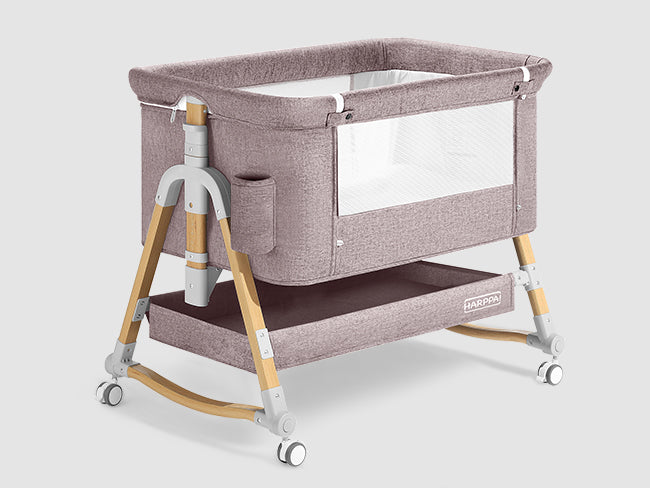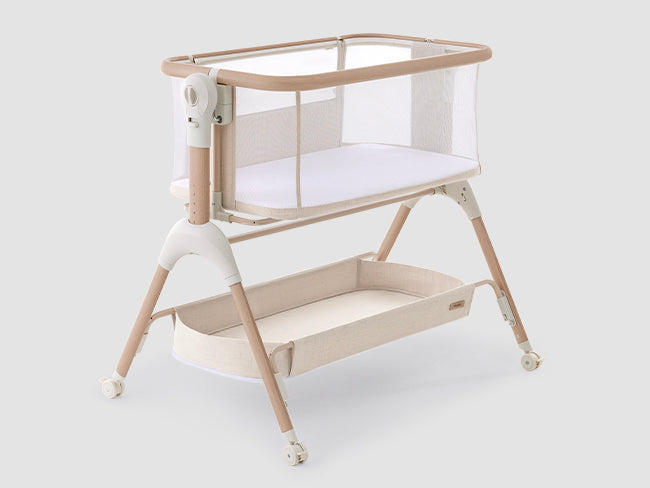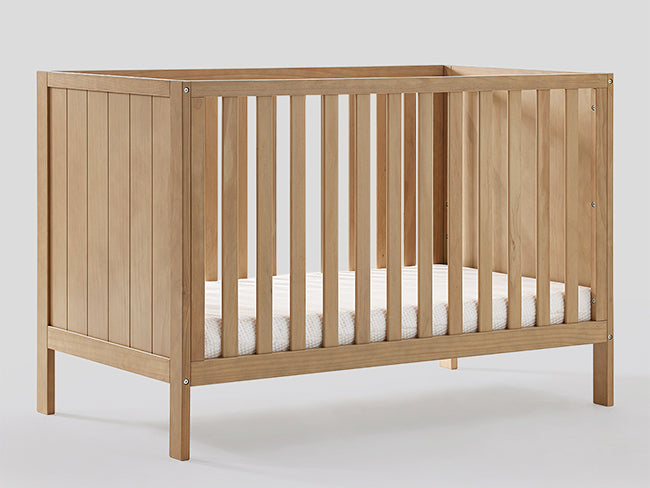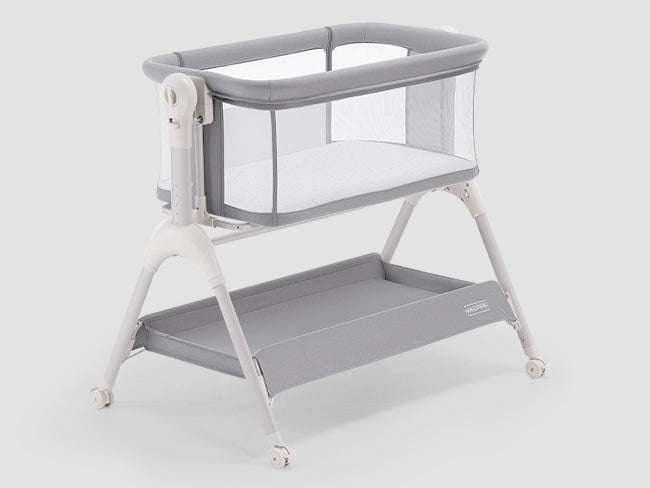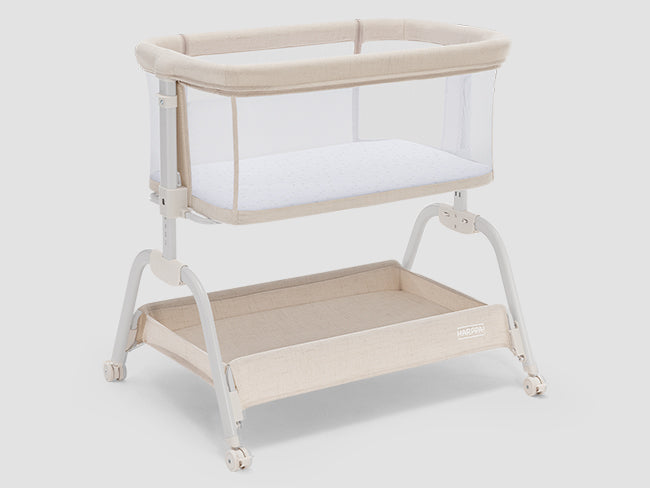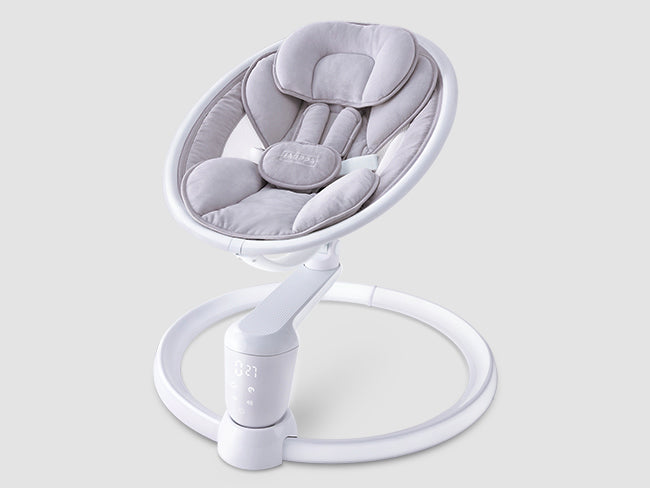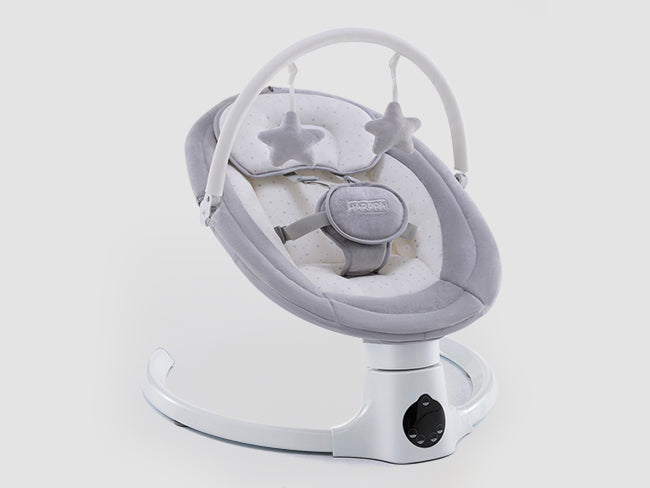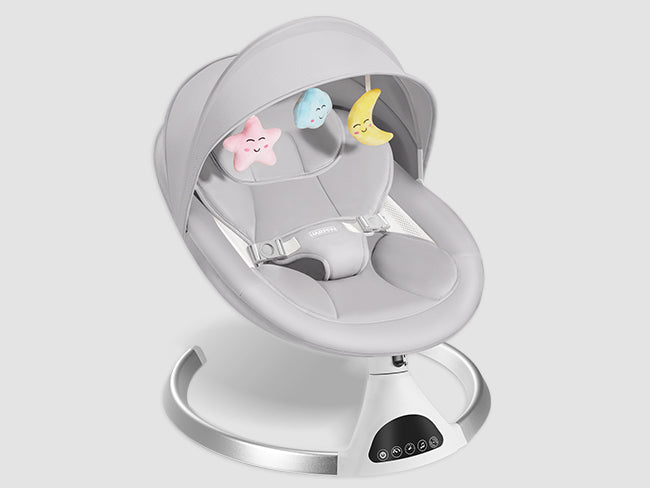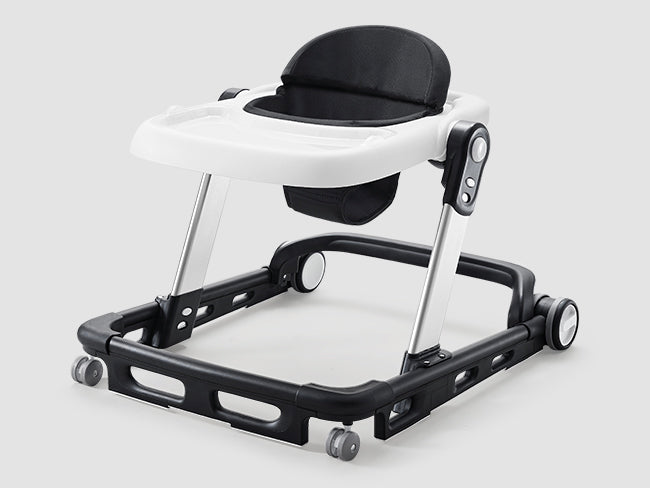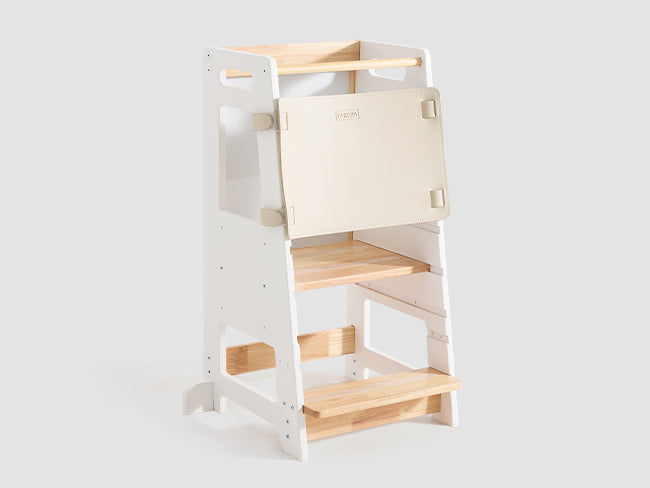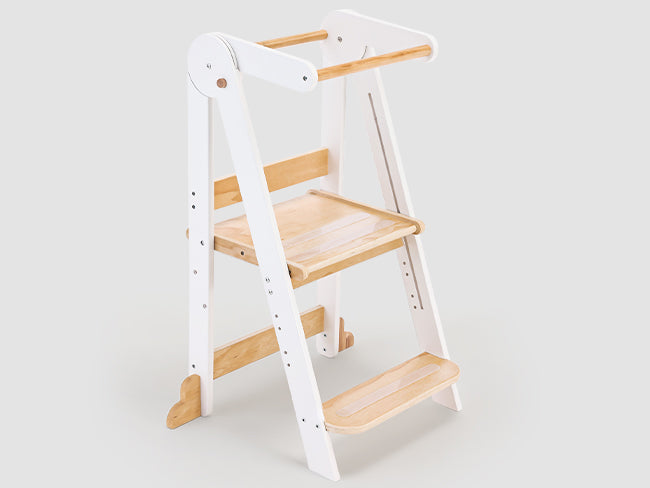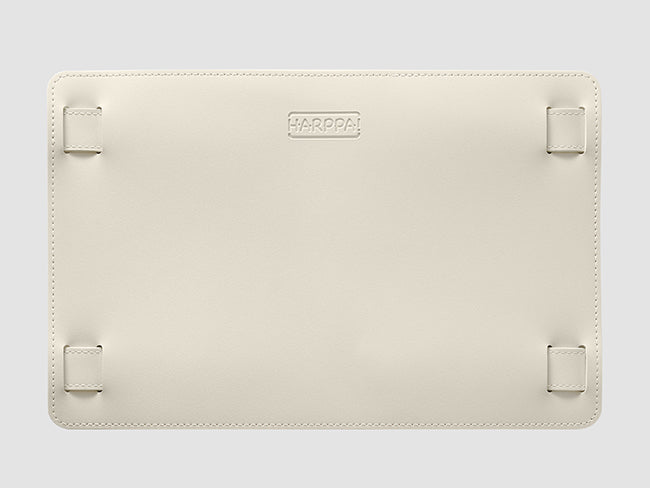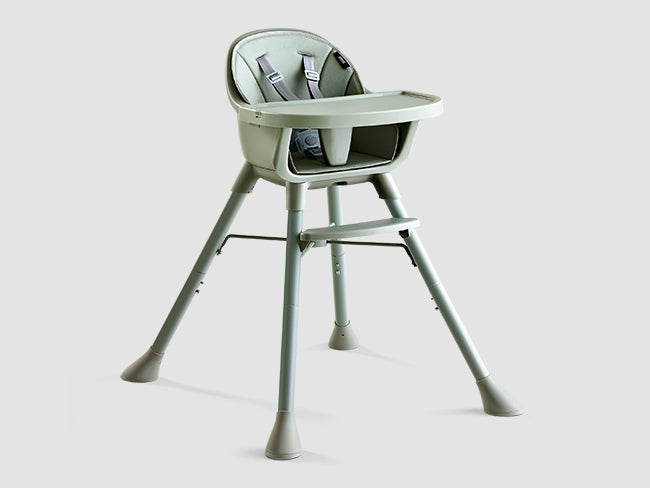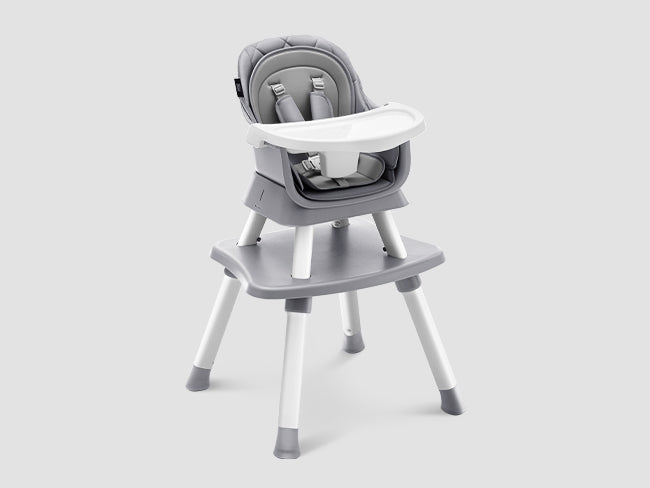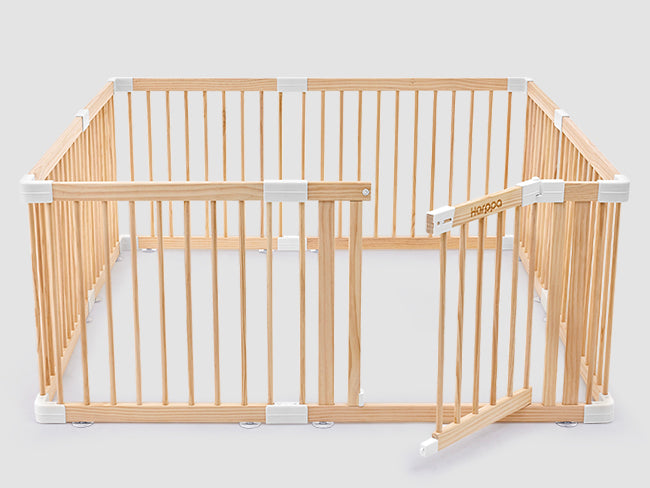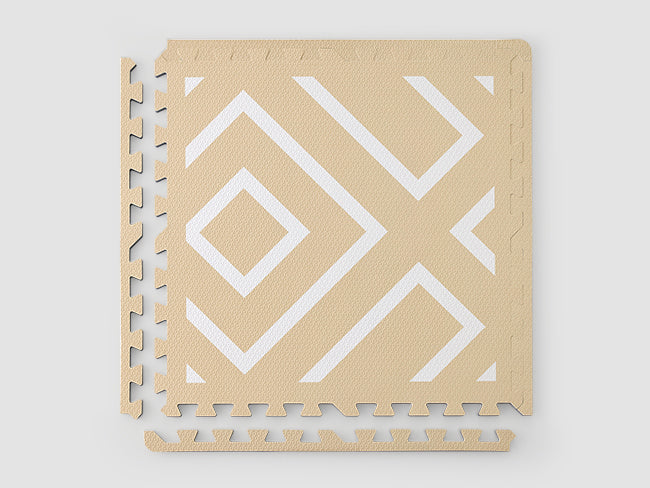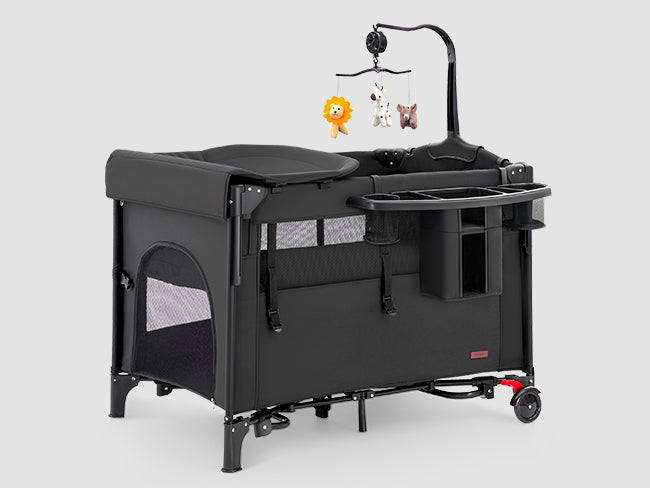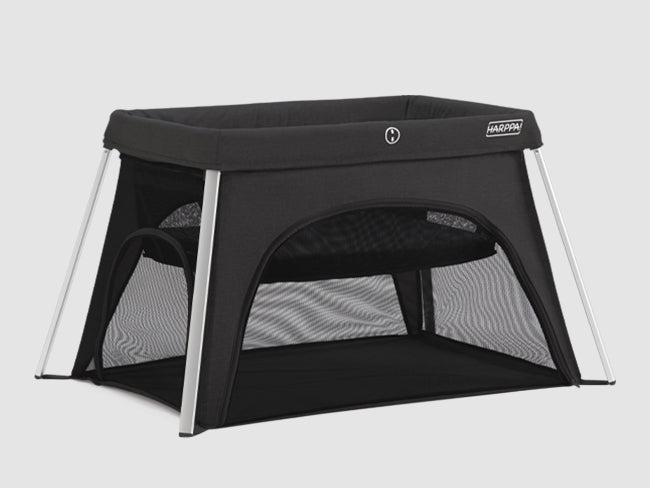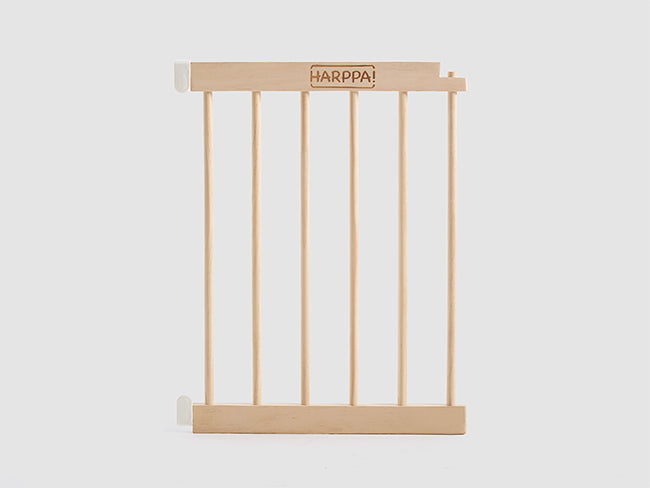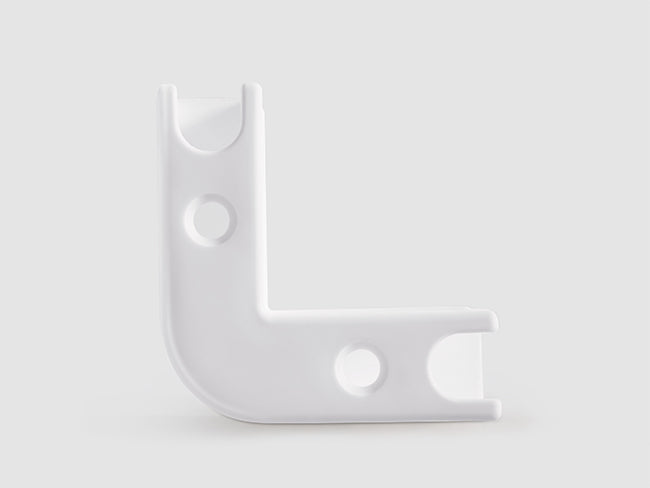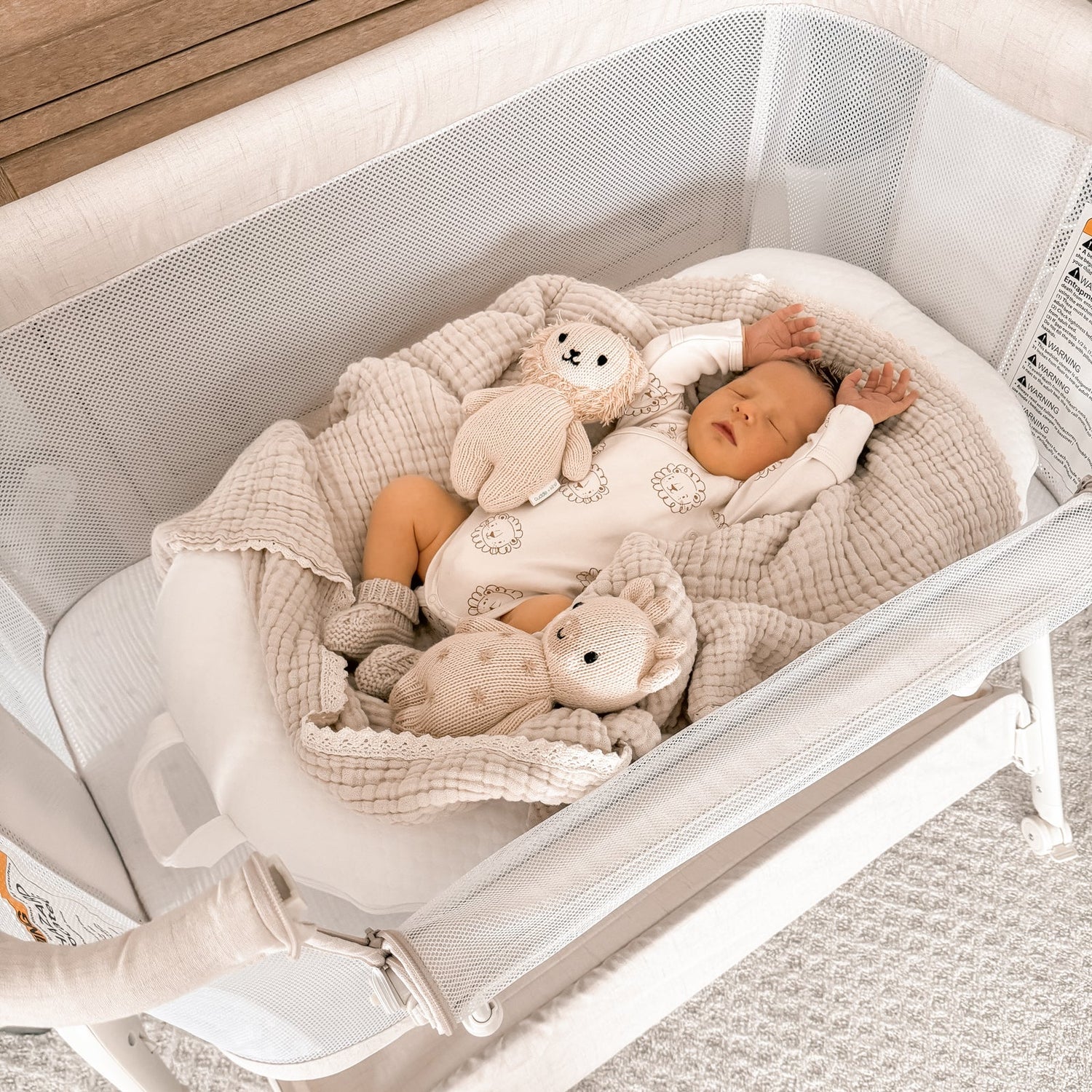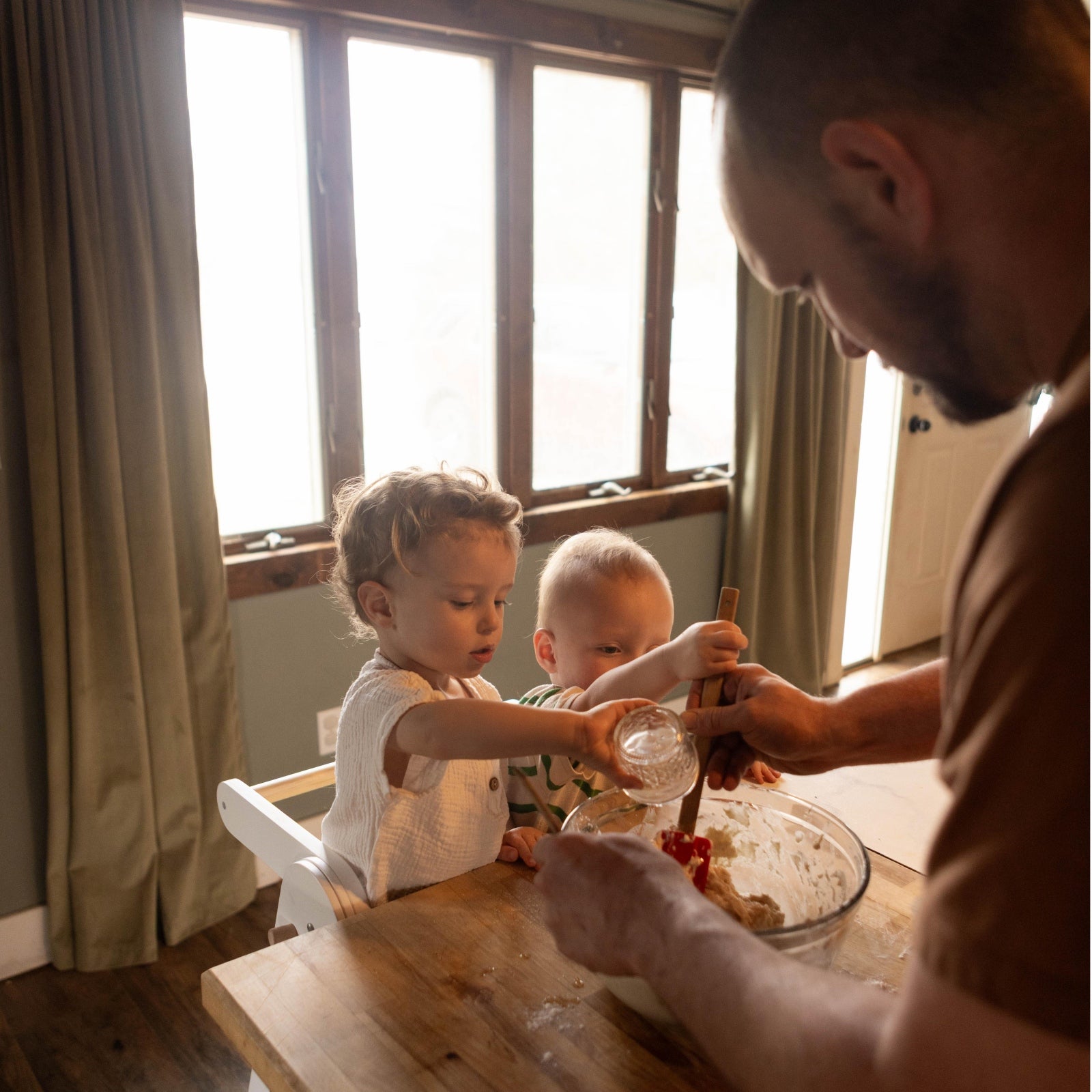On countless late nights, new parents sit beside their baby’s crib, bathed in the soft glow of a nightlight, wondering: “Am I doing something wrong?”
In reality, many babies don’t sleep well not because they’re fussy or difficult—but because their sleep environment isn’t meeting their needs.
As a brand dedicated to designing thoughtful baby and toddler spaces, we’ve learned that a baby’s quality of sleep is profoundly influenced by factors like light, temperature, sound, and spatial layout.
This blog will guide you through how to optimize your little one’s sleep environment to help them sleep longer, deeper, and more peacefully.
1. Light: A Key Factor in Building a Baby’s Day-Night Rhythm
Newborns don’t yet have an established circadian rhythm and are especially sensitive to light. Ideal lighting routines include:
-
Maximizing natural daylight during the day—don’t overly darken the room so your baby can begin to distinguish daytime.
-
Using low, warm lighting in the evening, avoiding blue light exposure from screens or harsh LEDs.
-
Keeping the lights dim at least an hour before bedtime to allow melatonin levels to rise naturally.
🔍 Pro Tip: Combining blackout curtains with a soft-glow nightlight can create a sleep-conducive environment while maintaining a calming bedtime atmosphere.
2. Sound: Silence Isn’t Always Best
Many parents strive to keep the house completely quiet, but this can actually heighten a baby’s sensitivity to sound disruptions.
-
Consider using consistent white noise to mimic the comforting background hum of the womb.
-
Avoid sharp or sudden noises (slamming doors, barking dogs, clattering dishes) with the help of a white noise machine or app.
💡 Studies show that gentle background noise can lower the likelihood of your baby waking during light sleep phases.
3. Temperature and Ventilation: Stability is Key
Babies can’t regulate their body temperature as efficiently as adults, so overheating or getting too cold can interrupt sleep.
-
Ideal room temperature: 68°F–75°F (20°C–24°C); humidity: 40%–60%.
-
Follow the “1 + 1” rule for sleepwear: a breathable bodysuit plus a lightweight sleep sack.
-
Ensure fresh air circulation without direct airflow from fans or AC units.
🌿 A humidifier with temperature control can help create a stable and comfortable microclimate for restful sleep.
4. Layout and Safety: Creating a Sense of Boundaries
A secure, structured sleep environment—not necessarily a soft or overly cozy one—is what truly helps babies sleep soundly.
-
Avoid loose bedding, stuffed animals, or padded bumpers in the crib to reduce the risk of suffocation.
-
Keep the mattress firm and the bed clutter-free.
-
Ensure cribs and beds are stable, free from sharp edges, and made from safe, non-toxic materials.
👶 We recommend starting with HARPPA’s bedside bassinet, which keeps your baby close while promoting safe, semi-independent sleep.
As your child grows, transitioning to HARPPA’s wooden baby bed provides a sturdy, low-profile structure that helps build spatial awareness and independent sleep habits, all while harmonizing beautifully with modern home interiors.
5. Order and Scent: Overlooked Yet Powerful Sensory Cues
Babies absorb their surroundings through all five senses, including smell.
-
Keep the sleep area tidy and predictable—consistency reduces sensory overwhelm.
-
Avoid strong-smelling detergents, sprays, or scented baby products. Fragrance-free is safest.
🧺 Opt for unscented, baby-safe cleaning products, and ensure regular ventilation to maintain clean, breathable air.
6. HARPPA’s Space Philosophy: Less is More, Stability is Comfort
At HARPPA, we embrace the principle of “minimal intervention space design”—providing just enough structure and safety while giving babies the freedom to move, explore, and sleep peacefully.
Our baby beds and toddler beds are more than just sleep products—they reflect a new way of thinking about early childhood space:
-
Preserving the natural look and texture of materials
-
Prioritizing structural stability and noise reduction
-
Adapting with your child’s development rather than forcing premature transitions
We believe the environment you shape today forms the foundation of how your child experiences the world tomorrow.
7. In Closing: Better Sleep Begins with a Better Space
Sometimes, a baby’s constant fussiness or poor sleep isn’t about temperament—it’s about their environment.
A peaceful, orderly, and developmentally supportive sleep space isn’t just good for your baby—it’s a gift to yourself as a parent.
While you can’t control every factor, you can create a setting that nurtures your child’s sleep and supports their growth.
Let your baby sleep deeply. Let yourself rest confidently.
It all begins with optimizing the space.

